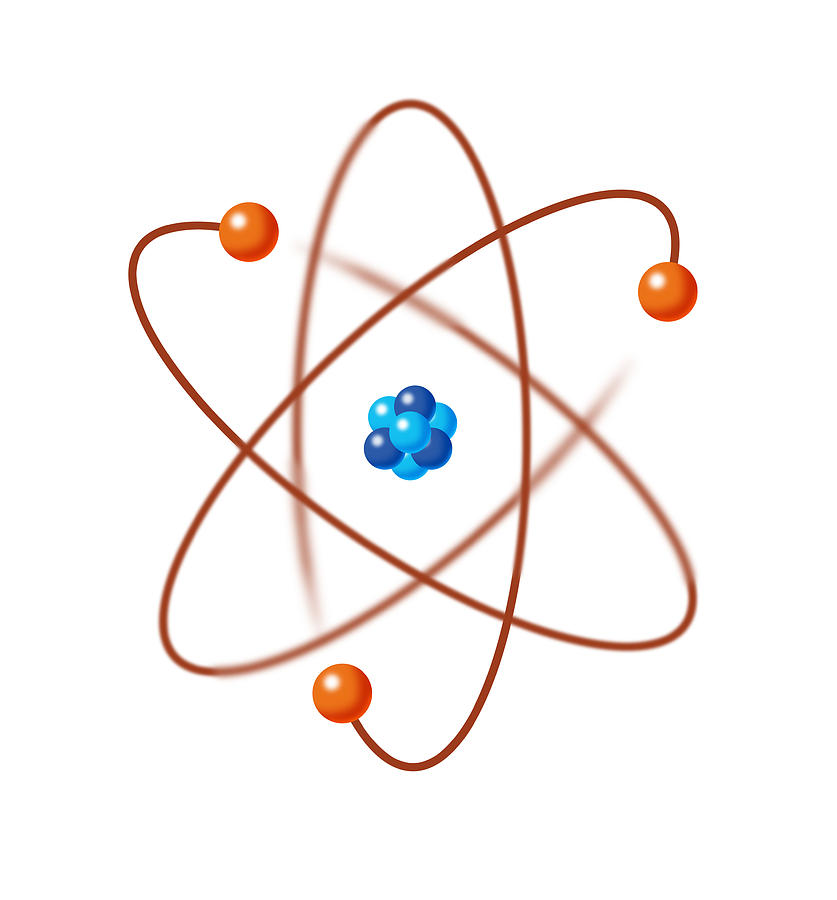

The Number of electrons in outermost shell (highest energy level) cannot exceed beyond 8. The above formula (2n 2) used for determining the maximum number of electrons in any shell, has some limitations.Energy level or Orbit (shell) Principal quantum number ‘n’ Maximum Number of electrons (2n 2) 1 K 1 2 × 1 2 = 2 2 L 2 2 × 2 2 = 8 3 M 3 2 × 3 2 = 18 4 N 4 2 × 4 2 = 32 For different energy levels the value of ‘n’ and maximum number of electrons as given in table below Sl. The maximum number of electrons in any energy level is given by, ‘2n 2’, where, n is an integer and represents the “principal quantum number”.Conversely, the outermost orbit is having highest energy level. Where, K is the nearest orbit to the nucleus and having lowest energy level. The energy levels are denoted by the letters K, L, M, N, etc.Thus the orbits or shells are also referred as energy levels. Hence, we can say that the electrons in the orbit are associated with a definite amount of energy.

Similarly, the energy required to remove the electron from the second orbit will be less as compared to the first orbit and greater than the third orbit. This is due to the force of attraction excreted by nucleus on electrons in the first orbit is much more as compared to the force of attraction excreted on electrons of outer orbit. The energy required to remove the electron from the first orbit is much more as compared to the energy required to remove the electron from the outer orbit.

The electrons which are near to nucleus are tightly bound with the nucleus and it is more difficult to pull out (remove) these electrons from the atom than those which are far away from the nucleus.This force of attraction works as centripetal force required for electrons revolution around the nucleus. A force of attraction is excreted on negatively charged electrons by positively charged nucleus.The electrons revolve around the nucleus in shells (also called orbits).If an atom is having the same number of protons and electrons, the atom is electrically neutral as the negative charge of electrons neutralizes the positive charge of protons.Some facts about electrons in an atom are listed and explained below, Charge on each electron is – 1.6 × 10 – 19 Coulomb. ElectronsĪn electron is a negatively charged particle present in the atoms. In any material, the weight of the atom and radioactive properties are associated with the nucleus. The nucleus is positively charged due to the presence of positively charged protons. The mass of each neutron is equal to mass of the proton. Means, neutrons are electrically neutral particles. Neutrons do not have any electrical charge. The theory also fails to explain the existence of allotropes. Also, some atoms of the same elements vary in their mass(isotopes). Atoms cannot be created or destroyed by any means.ĭalton’s theory had certain drawbacks like today we know that atoms can be destroyed.A chemical reaction is nothing but a rearrangement of these atoms.Atoms of different elements combine together to form a compound.All atoms of the same element have identical properties but differ from atoms of other elements.All matter is made up of small indivisible and indestructible particles called atoms.The postulates of Dalton’s atomic theory were as follows. Hence, the theory became a theoretical foundation of chemistry. At that time, many unexplained chemical phenomena got quickly unlocked by Dalton’s theory. In the year 1808, famous English chemist, physicist, and meteorologist John Dalton published his theory of the atom. An atom is defined as the smallest particle of a substance that can exist by itself or be combined with other atoms to form a molecule.


 0 kommentar(er)
0 kommentar(er)
